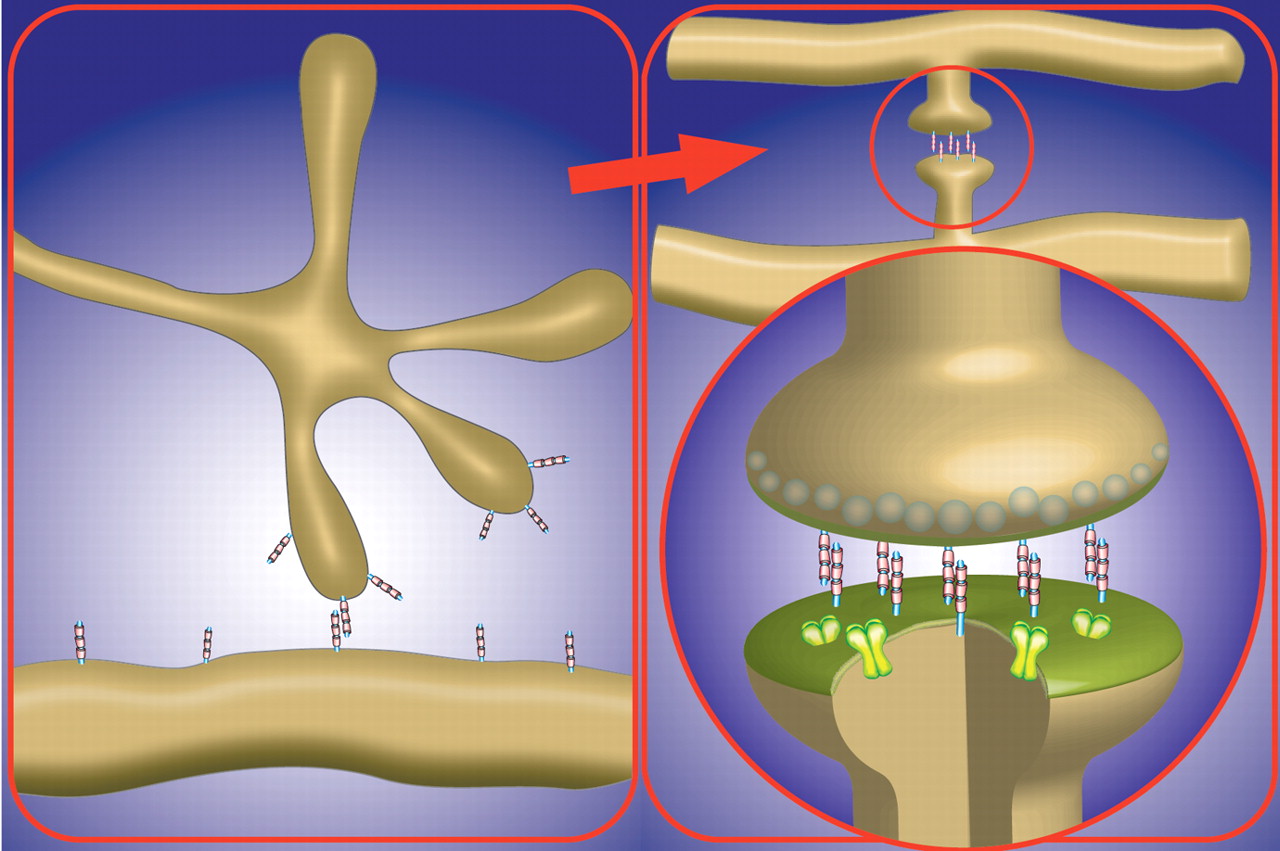
Cell adhesion molecules (CAMs) are crucial for many biological processes. They help cells stick to each other and their surroundings, playing a key role in tissue formation, immune responses, and wound healing. Without CAMs, our bodies would struggle to maintain structure and function. These molecules are like the glue that holds everything together. They come in various types, each with unique roles and characteristics. Understanding CAMs can shed light on how our bodies work and how certain diseases develop. Ready to learn some fascinating facts about these tiny yet mighty molecules? Let's dive in!
What Are Cell Adhesion Molecules?
Cell adhesion molecules (CAMs) are proteins located on the cell surface involved in binding with other cells or with the extracellular matrix. These molecules play a crucial role in maintaining the structure and function of tissues. Here are some fascinating facts about CAMs:
-
CAMs are essential for tissue formation. They help cells stick together, forming tissues and organs during embryonic development.
-
There are four main types of CAMs. These include cadherins, integrins, selectins, and immunoglobulin superfamily CAMs.
-
Cadherins depend on calcium ions. These molecules require calcium to function properly, hence the name "cadherin" (calcium-dependent adhesion).
-
Integrins connect cells to the extracellular matrix. They play a key role in cell signaling and can influence cell behavior.
-
Selectins are involved in immune response. They help white blood cells travel to sites of inflammation or injury.
-
Immunoglobulin superfamily CAMs are diverse. This group includes many different molecules, all sharing a common structure similar to antibodies.
Functions of Cell Adhesion Molecules
CAMs are not just glue for cells; they have various functions that are vital for the body. Let's explore some of these roles:
-
CAMs facilitate cell communication. They help cells send and receive signals, which is crucial for coordinating activities.
-
They aid in wound healing. CAMs help cells migrate to the wound site and start the healing process.
-
CAMs are involved in cancer metastasis. Changes in CAM expression can allow cancer cells to detach and spread to other parts of the body.
-
They play a role in the immune system. CAMs help immune cells recognize and bind to pathogens.
-
CAMs are important for brain development. They help neurons form connections, which is essential for brain function.
-
They assist in cell migration. CAMs guide cells to their correct locations during development and tissue repair.
How CAMs Work
Understanding the mechanisms behind CAMs can shed light on their importance. Here are some insights into how these molecules function:
-
CAMs form junctions between cells. These junctions can be tight, adhering, or gap junctions, each serving different purposes.
-
They interact with the cytoskeleton. CAMs connect to the cell's internal framework, helping maintain shape and stability.
-
CAMs can be activated by signals. Certain signals can trigger CAMs to change shape or function, affecting cell behavior.
-
They can be upregulated or downregulated. Cells can increase or decrease the number of CAMs on their surface in response to different conditions.
-
CAMs can undergo conformational changes. These changes can alter their binding properties and interactions with other molecules.
-
They participate in signal transduction. CAMs can transmit signals from the cell surface to the interior, influencing cellular responses.
Clinical Relevance of CAMs
CAMs have significant implications in medicine and health. Here are some facts highlighting their clinical importance:
-
CAMs are targets for cancer therapy. Drugs that block CAMs can prevent cancer cells from spreading.
-
They are involved in autoimmune diseases. Abnormal CAM function can lead to conditions like multiple sclerosis or rheumatoid arthritis.
-
CAMs are markers for disease. Changes in CAM expression can indicate the presence of certain diseases.
-
They play a role in cardiovascular diseases. CAMs are involved in the formation of plaques in arteries, leading to heart disease.
-
CAMs are important for organ transplantation. They help mediate the immune response to transplanted organs.
-
They are involved in infectious diseases. Pathogens can exploit CAMs to enter and infect cells.
Research and Future Directions
Research on CAMs continues to uncover new information and potential applications. Here are some exciting areas of study:
-
CAMs in regenerative medicine. Scientists are exploring how CAMs can be used to repair or replace damaged tissues.
-
They are studied in neurodegenerative diseases. Research is looking at how CAMs affect conditions like Alzheimer's and Parkinson's.
-
CAMs in stem cell research. Understanding CAMs can help improve stem cell therapies.
-
They are potential drug targets. New drugs targeting CAMs could treat a variety of diseases, from cancer to chronic inflammation.
The Big Picture
Cell adhesion molecules (CAMs) are crucial for many biological processes. They help cells stick together, form tissues, and communicate. Without CAMs, our bodies wouldn't function properly. These molecules play roles in immune responses, wound healing, and even cancer progression. Understanding CAMs can lead to breakthroughs in medicine, like better treatments for diseases and improved tissue engineering.
Research on CAMs is ongoing, revealing new insights and potential applications. Scientists are exploring how to manipulate these molecules to fight diseases or repair damaged tissues. The more we learn about CAMs, the better we can harness their power for health and healing.
So, next time you think about how your body works, remember the tiny but mighty cell adhesion molecules. They might be small, but their impact is huge. Keep an eye on this exciting field—it's only going to grow.
Was this page helpful?
Our commitment to delivering trustworthy and engaging content is at the heart of what we do. Each fact on our site is contributed by real users like you, bringing a wealth of diverse insights and information. To ensure the highest standards of accuracy and reliability, our dedicated editors meticulously review each submission. This process guarantees that the facts we share are not only fascinating but also credible. Trust in our commitment to quality and authenticity as you explore and learn with us.
